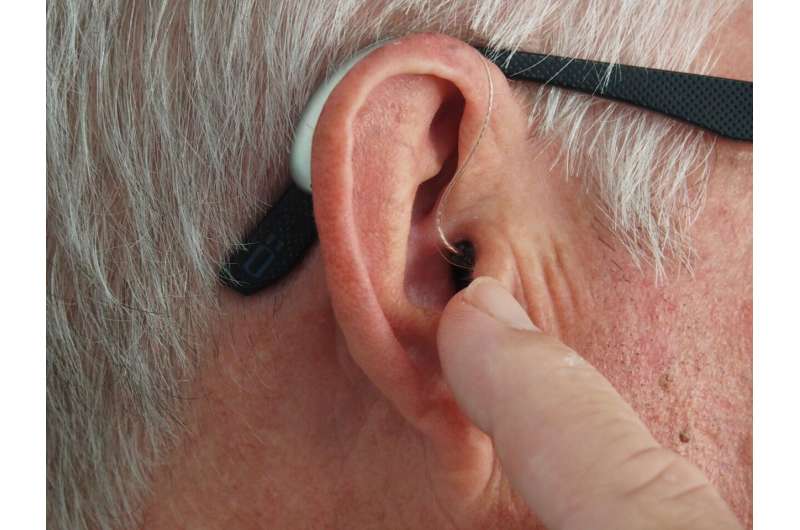Understanding How CPAP Machines Function: The Science Behind Nighttime Breathing Aid

Discover the science behind CPAP machines and how they help millions improve sleep by supporting the airway through innovative engineering and understanding of human anatomy.
Every night, countless individuals experience episodes of breathing pauses without even realizing it, sometimes hundreds of times during sleep. The solution often involves wearing a mask connected to a device that emits a gentle, pressurized airflow. This device is known as a Continuous Positive Airway Pressure (CPAP) machine.
Though it may seem unremarkable or even noisy, a CPAP machine embodies sophisticated engineering that directly influences the anatomy of the upper airway. Its primary role isn't to breathe for the user but to act as a pneumatic stent, gently keeping the airway open during sleep.
The human upper airway, which includes the tongue, soft palate, uvula, and pharyngeal walls, is naturally prone to collapse due to its soft and collapsible structure. Unlike the lower airway supported by rigid cartilage, the pharynx relies on muscle tone to stay open. During wakefulness, muscle activity keeps the airway patent. However, during sleep, especially in deeper stages, muscle tone decreases, increasing the likelihood of soft tissues sagging inward and obstructing airflow.
This narrowing or collapse results in obstructive sleep apnea (OSA), characterized by interrupted breathing, oxygen deprivation, and fragmented sleep cycles. Factors like increased neck circumference, excess weight, and anatomical variations can heighten this risk.
The CPAP device addresses this issue by delivering a continuous stream of pressurized air through a mask, akin to internal tent poles supporting a collapsible tent. This pressure prevents the soft tissues—from the tongue and soft palate to the pharyngeal walls—from collapsing inward. Over time, this helps stabilize the airway, reducing apnea events and promoting healthier sleep.
Adjustments to pressure settings are crucial for effectiveness. Proper calibration ensures the airway remains open without causing discomfort or swallowing air (aerophagia). When correctly adjusted, CPAP not only restores normal breathing patterns but also enhances sleep quality, lowers blood pressure, and decreases cardiovascular risk.
Moreover, by maintaining a stable airway, CPAP reduces the work of breathing during sleep. It eases the effort required by respiratory muscles like the diaphragm and intercostal muscles and prevents oxygen dips that trigger stress responses, which are linked to heart disease.
While the device can be noisy and somewhat cumbersome, its impact on health is profound. Long-term use can diminish inflammation and swelling in the upper airway, further improving sleep stability. Although adherence can be challenging, especially due to equipment size or noise, CPAP remains the gold standard for treating moderate to severe sleep apnea.
In essence, CPAP machines harness the principles of pressure and anatomy to keep the airway open, transforming the human body's vulnerabilities into a controlled, supportive environment. For many, this device offers a quiet, life-changing improvement, contributing to safer, deeper, and more restful sleep.
Source: medicalxpress.com
Stay Updated with Mia's Feed
Get the latest health & wellness insights delivered straight to your inbox.
Related Articles
New Vaccination Strategy Shows Promise in Preventing Recurrence of Colorectal and Pancreatic Cancers
A novel off-the-shelf vaccine shows promise in preventing recurrence of colorectal and pancreatic cancers with KRAS mutations, offering hope for improved cancer immunotherapy outcomes.
Breakthrough in Sepsis Prevention: New Pathway Identified by Researchers
Researchers at the University of Saskatchewan have identified a key pathway involving the NRF1 protein that could lead to new treatments for sepsis, a life-threatening condition caused by immune response dysregulation.
Expanding Diversity in Family Building Through IVF Advances
Recent IVF data from Australia and New Zealand highlight increased inclusivity and technological advancements, enabling diverse family structures through safer and more effective reproductive options.



